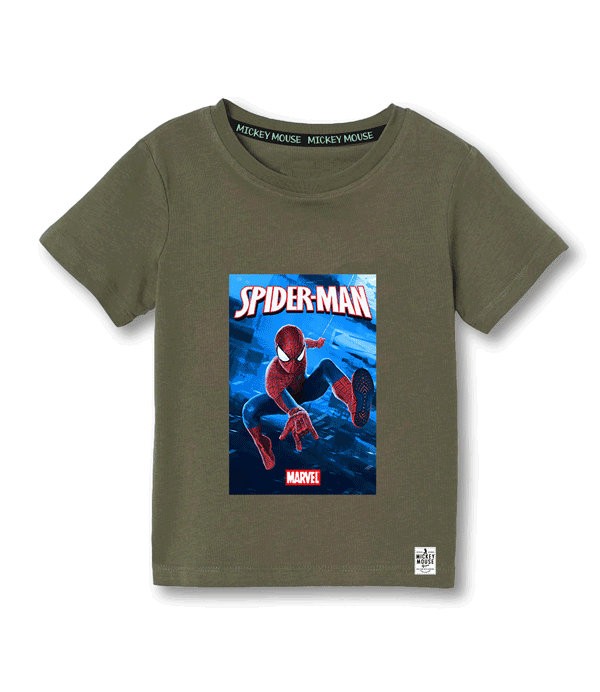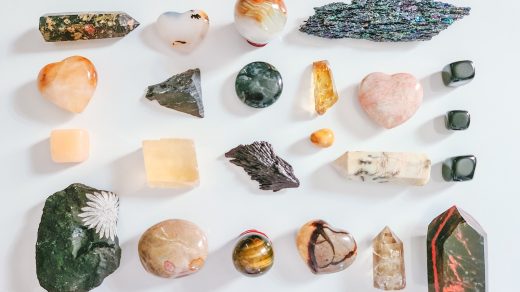Lenticular is a type of print whereby desired objects appear in 3D form and also appear different from every angle. These views of the object or movie scene are elaborately printed on a thermoplastic sheet of concave or lenticular lenses, and the views appear like parallel ridges. Pictured are always aligned according to the lens array, using high quality and specialized lithographic presses, adjusted as per fine tolerances.

How is lenticular print useful?
Any individual who wants to make the following items appear revolutionary can make use of this printing technology. Customers will be fascinated with the objects printed through this technology for a long time. In other words, one can create a strong impression by using lenticular prints for the following:
- Fridge magnets
- Business cards
- CD/DVD inserts
- Postcards
- Posters
- Stickers
- Bookmarks
Various printing effects
One can start looking for lenticular printing can be used for imparting two major effects to images, namely 3D or animation. 3D makes visual elements look different according to their spatial planes, while animations allow image frames to play like a motion picture projector. The frames for both can include
- Time lapse photography
- Motion picture films
- Computer-generated animation
- Video
Other sub categories in the animation type of printing effect are:
- Flip– With this technology, it is possible to turn various visual elements of a picture on or off.
Make use of lenticular print to showcase various “cause and effect” and “before and after” scenarios.
- Morph– Unlike the flip, there is no ‘on and off’ effect here. Instead, one object is able to transform into another. This is highly suitable for a retroactive comparison, showing how an old product has changed into another.
- Zoom– One can make visual objects jump towards the viewing direction with the help of lenticular print technology. This is very useful for product marketing, enabling customers to focus attention easily.
- Full motion video– Also known as multi-phase, it uses several frames of an illustration or action which shows movement from the start to the end. It is very similar to watching a movie in the palm of the hand. It appears best when the background remains constant in the sequence.
- Combinations– As the name suggests, more than one type of animations can be combined here. Flip and 3D are commonly combined here. One can also add the flips to zooms, full motion videos, and zooms.
The working of 3D
3D technologies as a whole largely depend on stereoscopy. This is the process of giving slightly offset views of an image to a viewer, to create impressions of extra depth and volume. With the help of lenticular print technology, an interlaced image with several offset views of the main image is prepared. Through a lenticular lens, both eyes see different views of the image, and the picture seems to have scenery or objects which recede into it, or even float on the surface.
Challenges in lenticular printing
One must select that printer which will really be able to execute one’s desired lenticular print. This is because the inherent complexity of the product tends to result in mishaps. Common challenges seen here include:
- Image ghosting, which is a result of poor image care before printing
- Defects in design, which could include doubling or fuzzy prints
- Phasing, caused due to the incorrect cutting material at the start of the process
- Color synchronization issues, which may arise due to incorrect printing conditions, malleable materials, or other reasons
Is there a restriction on the number of images?
There is no rule stating that lenticular prints have to flip back and forth between just two prints. They can support twenty or more images as well. One can have at least six images pointing in slightly different directions, in a way that the message on an advertising poster changes slowly as one walks past. Even 3D images similar to holograms can be prepared through this technology.
Lenticular prints at airports
The best example of lenticular print being used at an airport is the Schiphol Airport at Amsterdam. One is greeted with a wall of drifting clouds here. At first glance, most people think of it as a massive LED screen, but that is not true. Instead, there is an amazing parallax to these clouds, as they start moving when a person moves in front of them. The clouds also become motionless if the individual stops.
This display is likely to be the largest lenticular print in the world, and highly convincing at that too. Several children here think of them as clouds and try to catch them, but to no avail. The panorama, was created by designer Daan Roosegaarde and his studio, with the idea to evoke cloud paintings by Dutch Masters from the 17th century.




Recent Comments